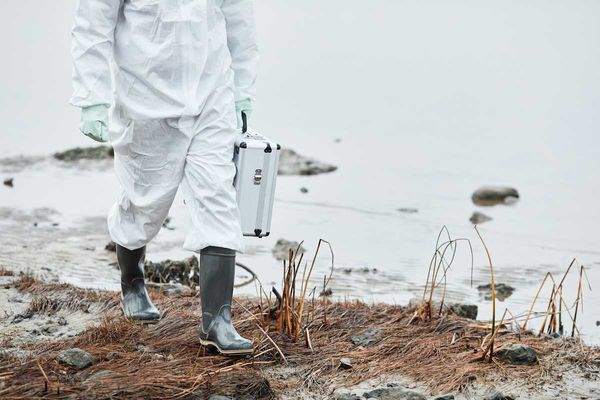water. pollution
Newsletter
Credit: Jason Hawke 🇨🇦For Unsplash+
WOTUS ‘wet season’ test would further shrink US regulatory reach
The Trump administration proposal offers an option for regulating only perennial waters, excluding a vast network of freshwater streams.
Credit: Photo by Dibakar Roy on Unsplash
The Philippines spent big on flood control, but the water keeps rising
Many Filipinos say floods are worse than ever — and now, the government has admitted that vast sums were embezzled from a program meant to fight the problem.
Newsletter
Credit: Iqro Rinaldi/Unsplash
Indonesia, Sri Lanka and Thailand begin recovery from devastating floods
Indonesia’s president told survivors of last week’s devastating floods that help was arriving to those in need Monday as Asian governments scaled up their responses to a disaster that has left more than 1,000 dead in three countries.
Credit: Sara Cottle/Unsplash
From invasive species tracking to water security – what’s lost with federal funding cuts at US Climate Adaptation Science Centers
The people who manage America’s aquifers, wetlands, shorelines and recreation areas rely on federal science as they face new and rising risks in a changing climate.
Credit: Getty Images For Unsplash+
From invasive species tracking to water security – what’s lost with federal funding cuts at US Climate Adaptation Science Centers
The people who manage America’s aquifers, wetlands, shorelines and recreation areas rely on federal science as they face new and rising risks in a changing climate.
Credit: Andrii Babarytskyi/Unsplash
How China silences environmental reporters beyond its borders
Journalists who report on the harms caused by China’s overseas infrastructure buildout in Africa face intimidation, surveillance and police pressure.
Credit: Gage Skidmore/https://www.flickr.com/photos/gageskidmore/https://creativecommons.org/licenses/by-sa/4.0/
In one week, Trump moves to reshape U.S. environmental policy
The Trump administration this week moved to weaken the Clean Water Act and the Endangered Species Act, two bedrock laws, among other deregulatory moves.
ORIGINAL REPORTING
MOST POPULAR
CLIMATE
















